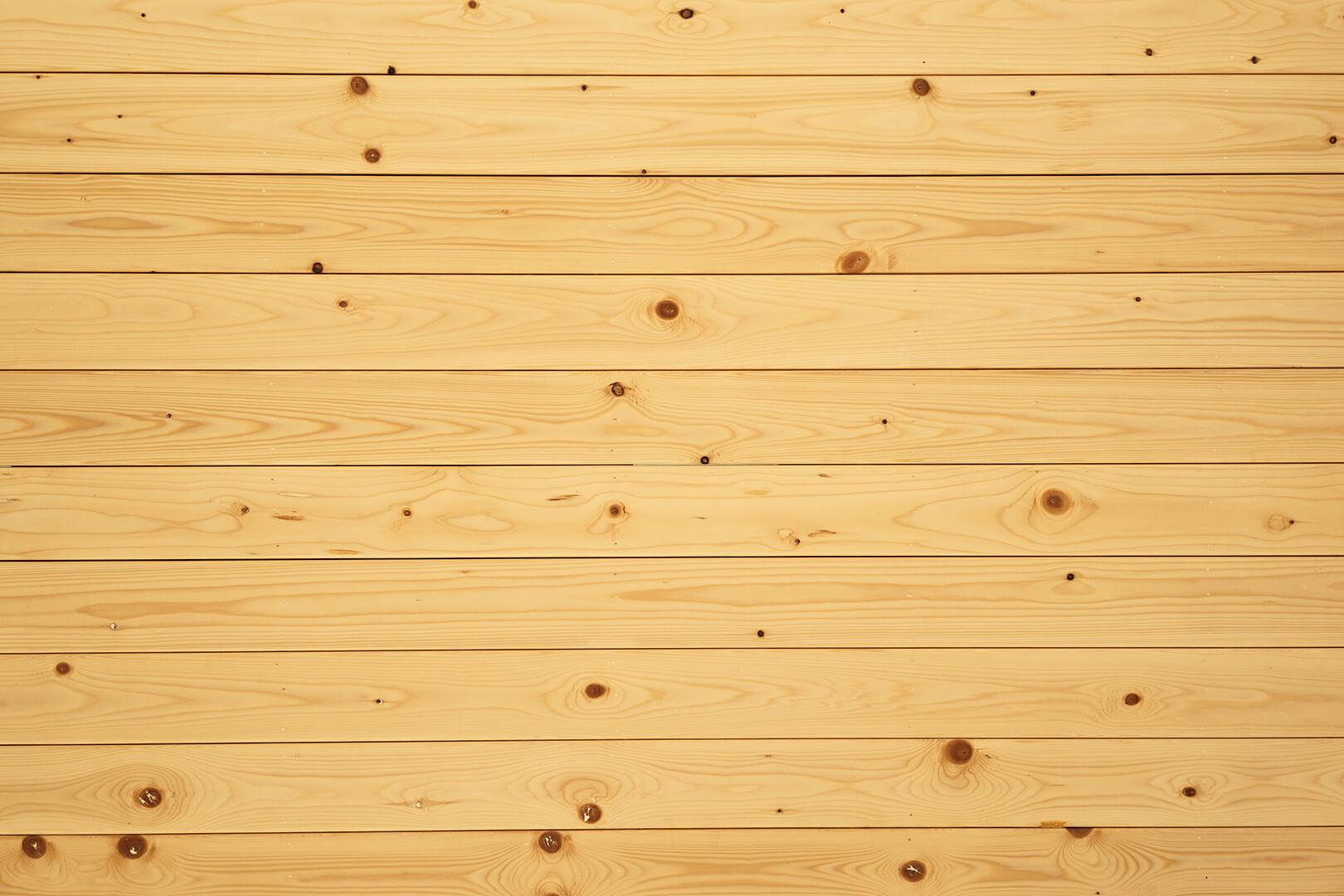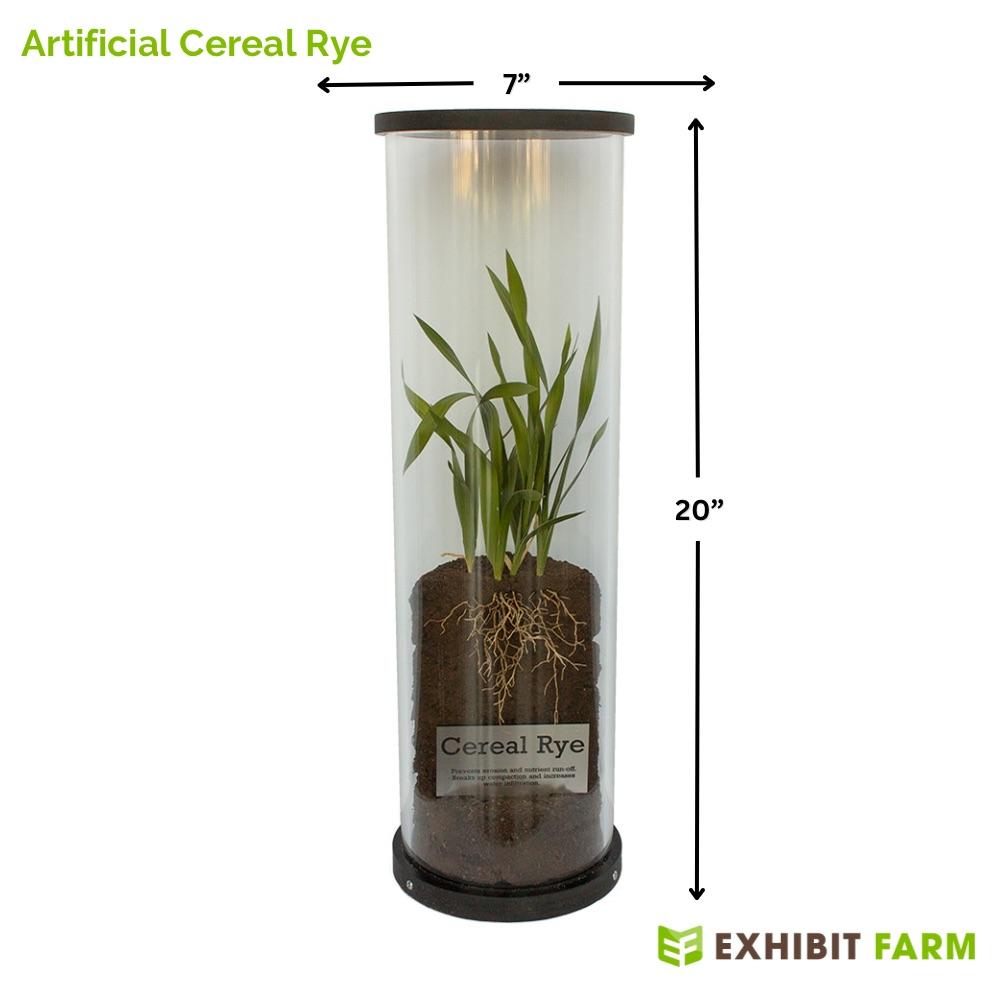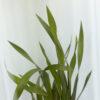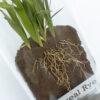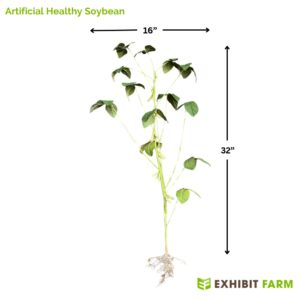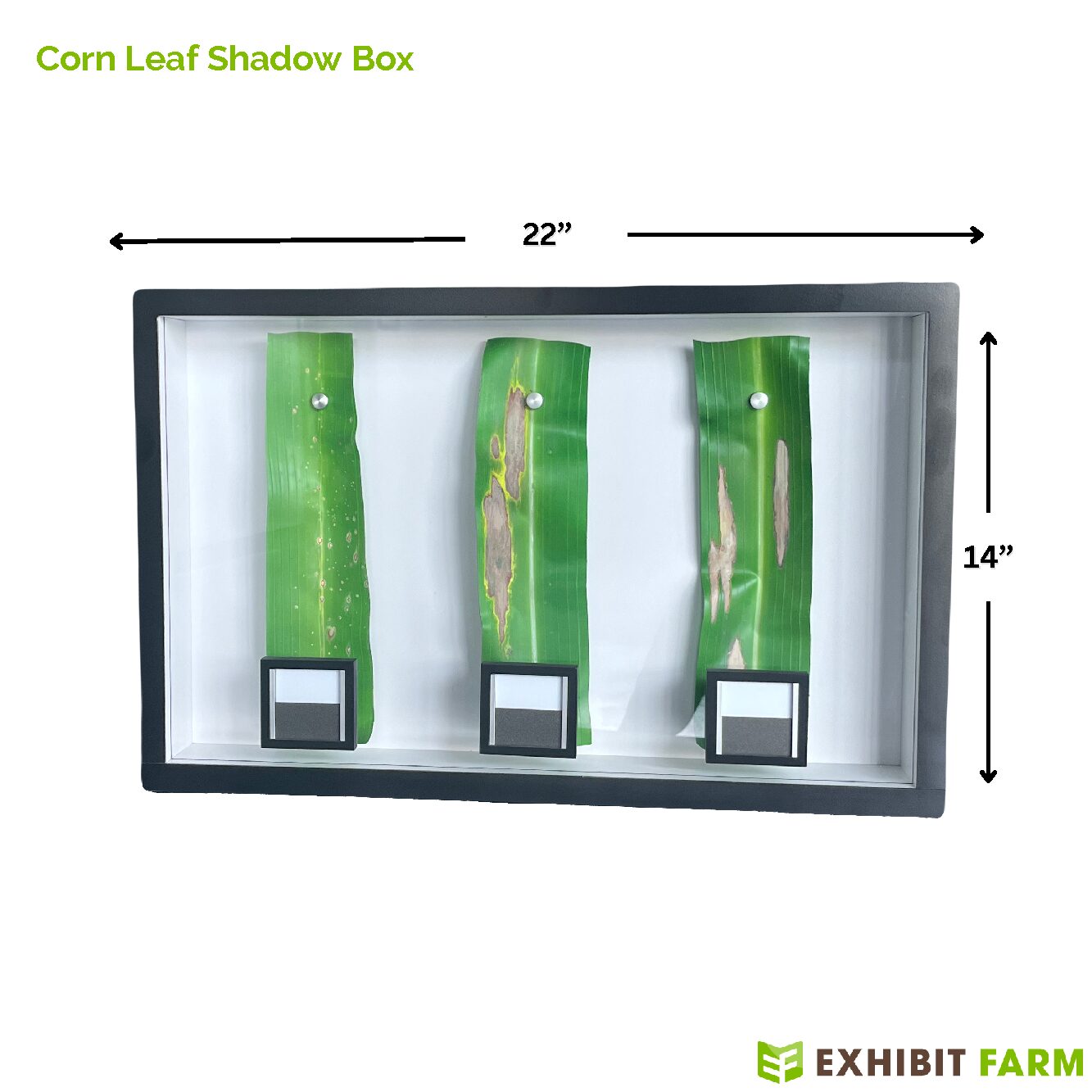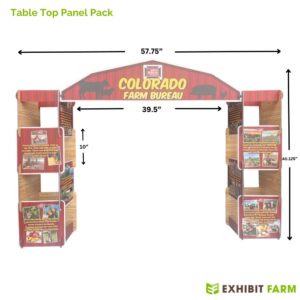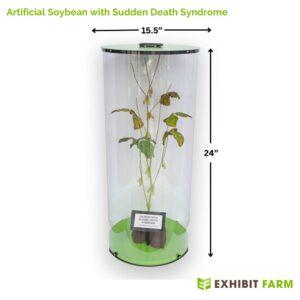Description
We took pains to distinguish our model of cereal rye from our model of annual rye. The most visible difference in the leaves. Cereal rye’s leaves are much bendier than annual rye’s leaves, which tend to grow very straight. We also included a label to identify each plant. Our model shows people the below-ground structure of the root system as well as the leaves. The model’s realistic details accurately show the leaf structure and the taproot. A label identifies the plant and lists a few of its most important benefits.
